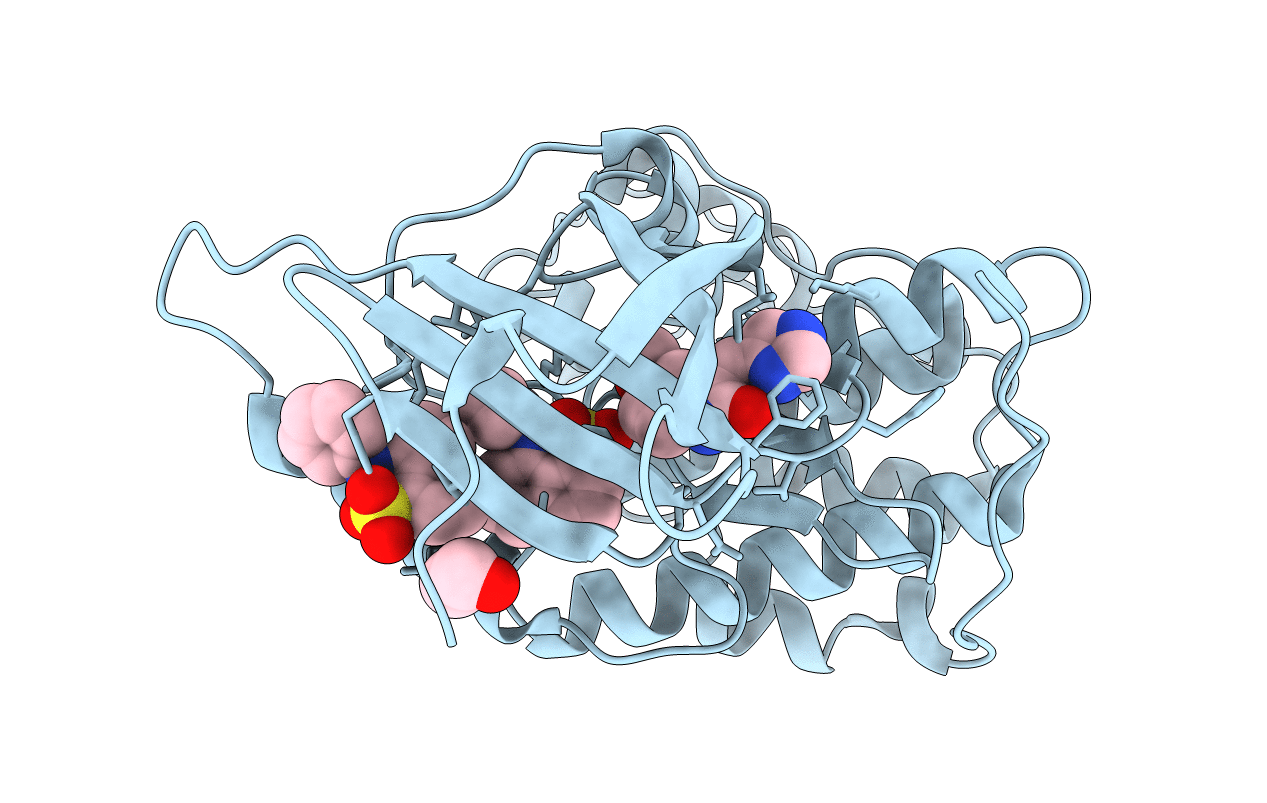
Deposition Date
2010-12-10
Release Date
2011-02-16
Last Version Date
2023-09-13
Entry Detail
PDB ID:
3PY1
Keywords:
Title:
CDK2 ternary complex with SU9516 and ANS
Biological Source:
Source Organism:
Homo sapiens (Taxon ID: 9606)
Host Organism:
Method Details:
Experimental Method:
Resolution:
2.05 Å
R-Value Free:
0.25
R-Value Work:
0.19
R-Value Observed:
0.19
Space Group:
P 21 21 21


